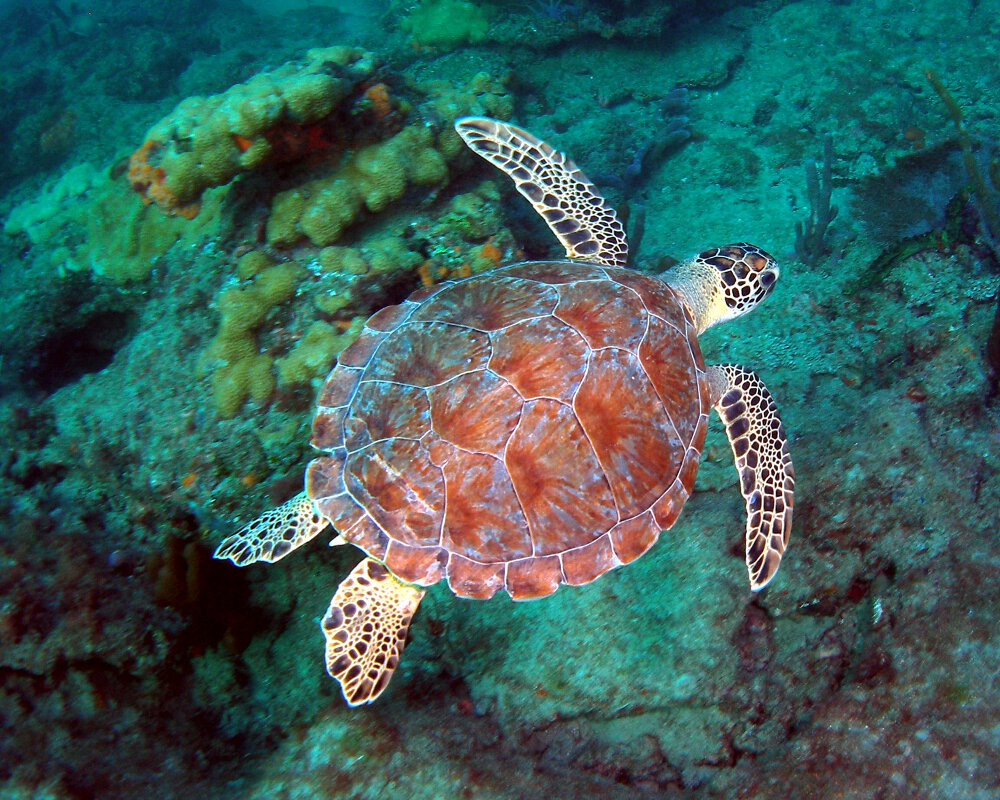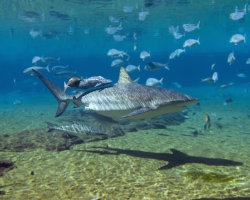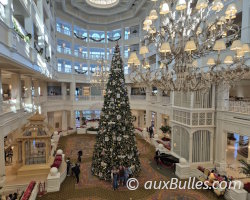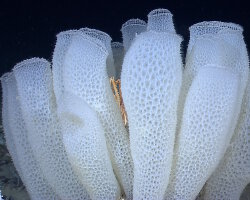Sealife guideThe loggerhead sea turtleCaretta caretta
Last updated on 02/24/2025 at 09:28 PM
The loggerhead sea turtle is one of the seven existing species of sea turtles. Found in oceans worldwide, the loggerhead sea turtle is a migratory species that plays a key role in marine ecosystems.
Taxonomy
- Common name: Loggerhead sea turtle
- French name: Tortue de mer caouanne
- Spanish name: Tortuga boba
- Scientific name: Caretta caretta (Linnaeus, 1758)
- Family name: Cheloniidae
- Order name: Testudines
- Class name: Sea reptiles
Description
The loggerhead sea turtle is the second-largest species of sea turtles after the
leatherback sea turtle. As an adult, the loggerhead sea turtle measures on average between 35 and 39 inches in shell length and weighs between 176 and 330 lbs, although some individuals can reach larger sizes.
The shell of the loggerhead sea turtle is typically brownish-red to dark brown with lighter markings. Its head is relatively large compared to the size of its body and it possesses a powerful jaw that allows it to feed on prey such as crabs and shellfish.
Geographic range
The loggerhead sea turtle frequents the temperate and tropical waters of oceans worldwide and is found notably in the Mediterranean sea, the Atlantic ocean, the Pacific ocean and the
Indian ocean.
Habitat
The loggerhead sea turtle is found both in coastal areas during reproduction and in open ocean waters when searching for food.
Diet
The loggerhead sea turtle is primarily carnivorous and feeds on a wide variety of marine organisms such as
mollusks,
crustaceans, and jellyfish. Equipped with a powerful jaw, it is capable of breaking shells and exoskeletons to feed on prey like crabs and shellfish such as clams.
Reproduction
Every year, adult female loggerhead sea turtles undertake long migrations to the beaches where they were born to lay their eggs. Nesting sites are generally located on isolated sandy beaches where females dig nests in the sand to deposit between 80 and 120 eggs.
Nesting periods vary by region but generally occur during the summer months, from May to October.
After an incubation period of about 60 days, the young turtles emerge from the sand and instinctively head toward the sea. Still very vulnerable, this crucial stage of their life remains exposed to natural predators.
Did you know ?
The loggerhead sea turtle is a migratory species that travels vast distances across the world's oceans, often going from one continent to another to feed and reproduce.
The loggerhead sea turtle faces several threats, including the development of coastal tourist areas with the resulting light pollution of beaches where loggerhead sea turtles come to nest, which diverts the young turtles from their natural path toward the sea, thus increasing the mortality rate.
Loggerhead sea turtles are often accidentally captured in fishing nets, longlines and other fishing equipment. These accidental captures, known as bycatch, cause severe injuries and death to the turtles.
Finally, loggerhead sea turtles, like many other marine species, fall victim to plastic pollution, which they ingest by mistaking it for jellyfish, leading to fatal intestinal blockages.
The loggerhead sea turtle is listed as many other marine species within The
IUCN Red List of threatened species. The loggerhead sea turtle appears in the
IUCN Red List since 2017 within the category Vulnerable !
Within the same family
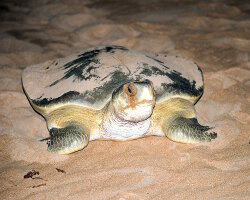
Flatback sea turtle
(Natator depressus)
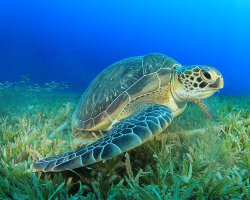
Green sea turtle
(Chelonia mydas)
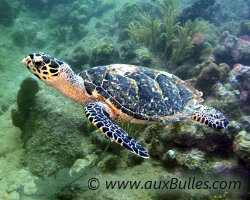
Hawksbill sea turtle
(Eretmochelys imbricata)
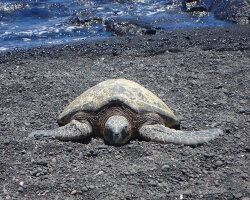
Kemp's ridley sea turtle
(Lepidochelys kempii)
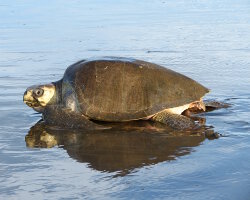
Olive ridley sea turtle
(Lepidochelys olivacea)
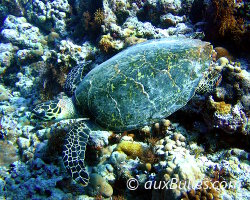
Sea turtle
(7 espèces)
Discover also

Leatherback sea turtle
(Dermochelys coriacea)
The marine species
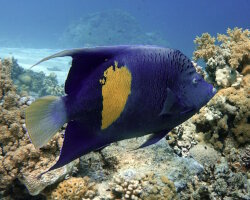
Arabian angelfish
(Pomacanthus asfur)
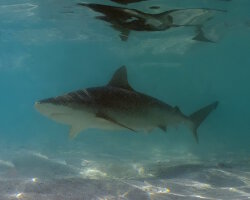
Blacknose shark
(Carcharhinus acronotus)
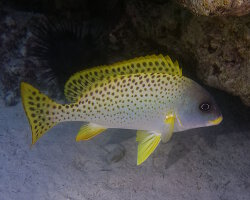
Blackspotted rubberlips
(Plectorhinchus gaterinus)
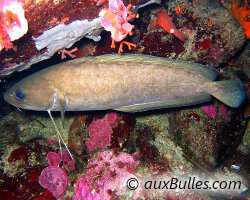
Forkbeard
(Phycis phycis)

Klunzinger's wrasse
(Thalassoma rueppellii)
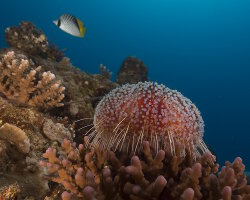
Red Sea fire sea urchin
(Asthenosoma marisrubri)
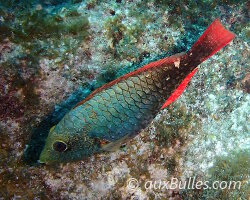
Redband parrotfish
(Sparisoma aurofrenatum)
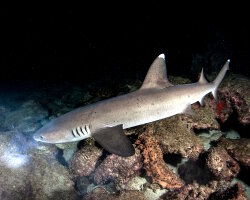
Whitetip reef shark
(Triaenodon obesus)









